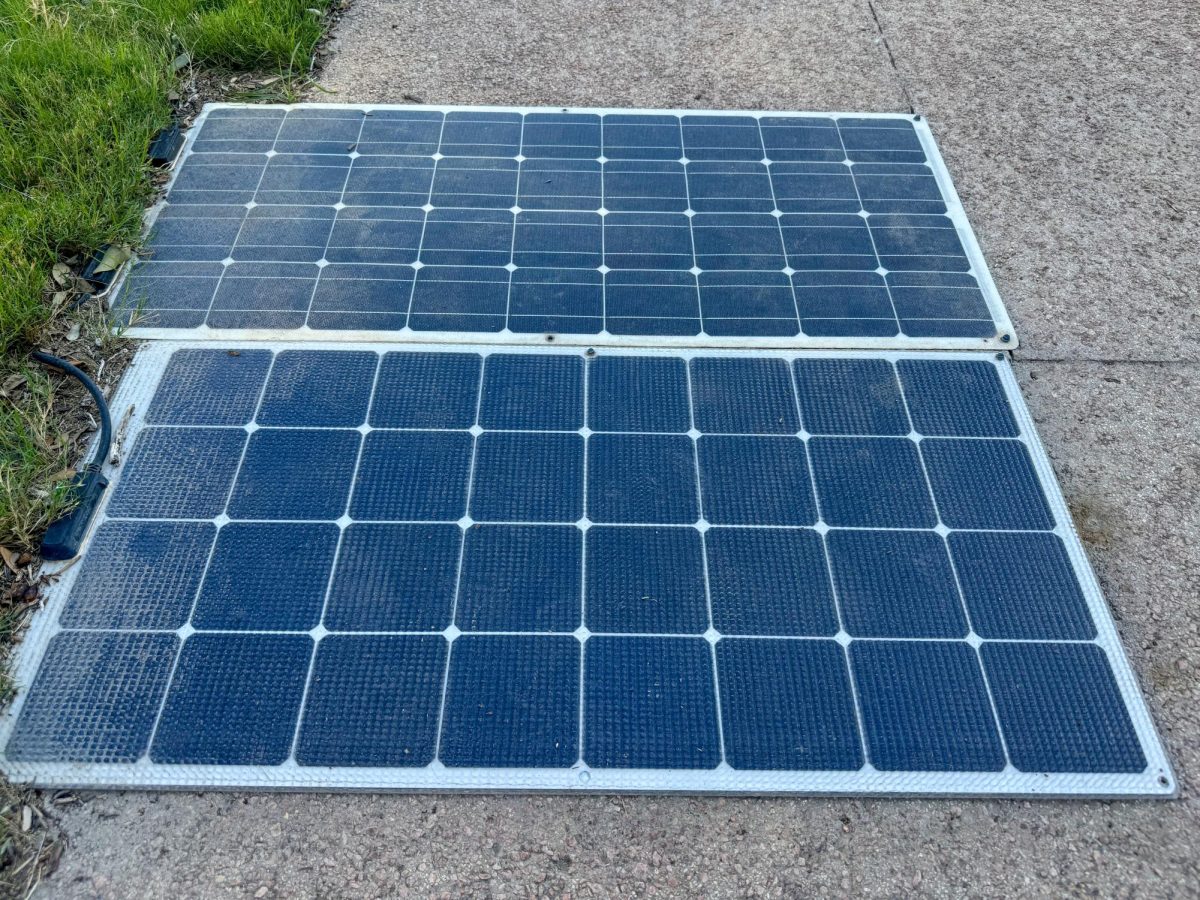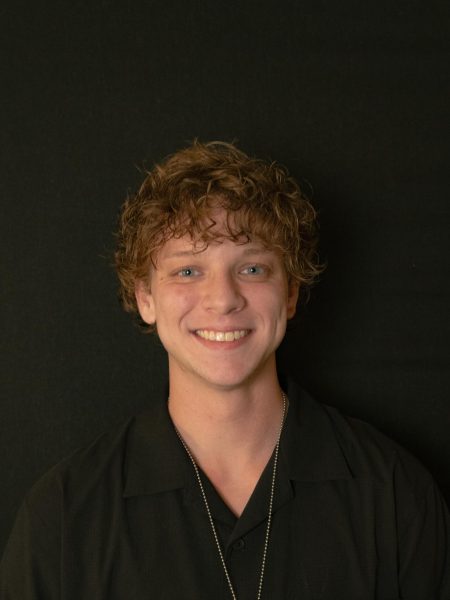UTSA professor Samer Dessouky and Ph.D. student Hamindreza Allahdadi executed the first phase of their solar panel research installed on UTSA’s Main Campus earlier this year.
Allahdadi’s passion for climate change inspired the creation of resilient, cost-effective photovoltaic panels that efficiently store energy. Allahdadi believes that we must be more innovative and practical in using solar panels to limit costs and maximize energy storage.
With higher electricity grid demands and continual requests from CPS Energy to limit power usage, flexible solar panels could help people generate electricity to combat these requests.
The team wants to use existing paved areas for panel surface placement, which reduces the hassle of installation, maintenance and costs of rooftop solar panels. “The panel just needs a [flat] surface, and we have the right surface everywhere.” Setting up the solar panels is so simple that Allahdadi believes “everybody, [even] kids, can do it” in just two minutes or less.
The panels are “more flexible; you can roll them like your umbrella” and take them wherever you go to generate power that can be used “for your devices, for your lives, for your camp, everywhere you want.”
The walkable solar panels are a more cost-effective alternative to solar panels installed on building rooftops, which require more extensive installation due to the inclusion of more roof mounting components and the differences in labeled costs of the parts.
In the 1950s, the price per watt of power was $76. Today, the cost per watt has dropped significantly to less than $0.20 due to the smaller panel size, flexibility and being 60% transparent, which allows for the generation of energy on either side of the panel.
The decline in energy costs is attributed to the mass production of the panel technology, ease of installation and removal of the additional support needed to install roofing panels. Not to mention that the advancement of solar technology has allowed for maximizing the power outcome, lowering power costs.
“At the end of the day, you want to find the most effective, costless approach to produce power using existing structures. It’s already there, and it’s just about installing this cheap product on top of surfaces exposed to a lot of solar light, contributing to providing power.”
The project will take on three phases. The first phase emphasized finding the best approach to installing the panels effectively, testing the impact of human traffic on top of the panel and seeing that the panels continue to “provide a value and the traffic does not deteriorate or affect the quality of the panel over time.” Their next step is to install the panels on vertical walls in the buildings, with Allahdadi and Dessouky’s ultimate goal of seeing solar roadways.
Not only will this innovation solve the energy demand, but it is also a creative solution to supplying renewable energy to large cities and areas that lack flat, accessible land.
Allahdadi and Dessouky ask that the students step on the panels to help them collect data concerning the durability of the materials used for the solar panels. Dessouky further explains that when walking on these panels, “you are testing how the product will last, and if we don’t know how much or how long it will last [enduring] human traffic, we will never know how long it will last under vehicles in the parking lot.”
Allahdadi urges students to reach out to him by emailing him at [email protected] if they are interested in the flexible solar panels. Allahdadi is passionate about providing students with information on the panels and resources on where to purchase them and he is even willing to help with setup in a variety of locations.
Next time you walk between the Biotechnology, Science and Engineering building and the Science and Engineering building on the Main Campus, be sure to walk across Allahdadi’s solar panel to contribute to the study and to support the future of renewable energy.








